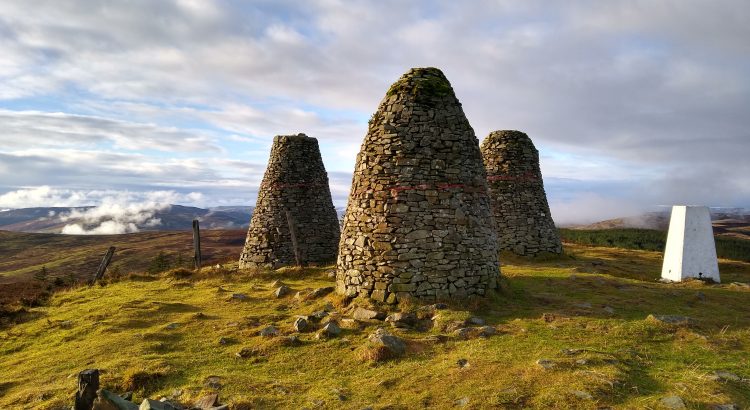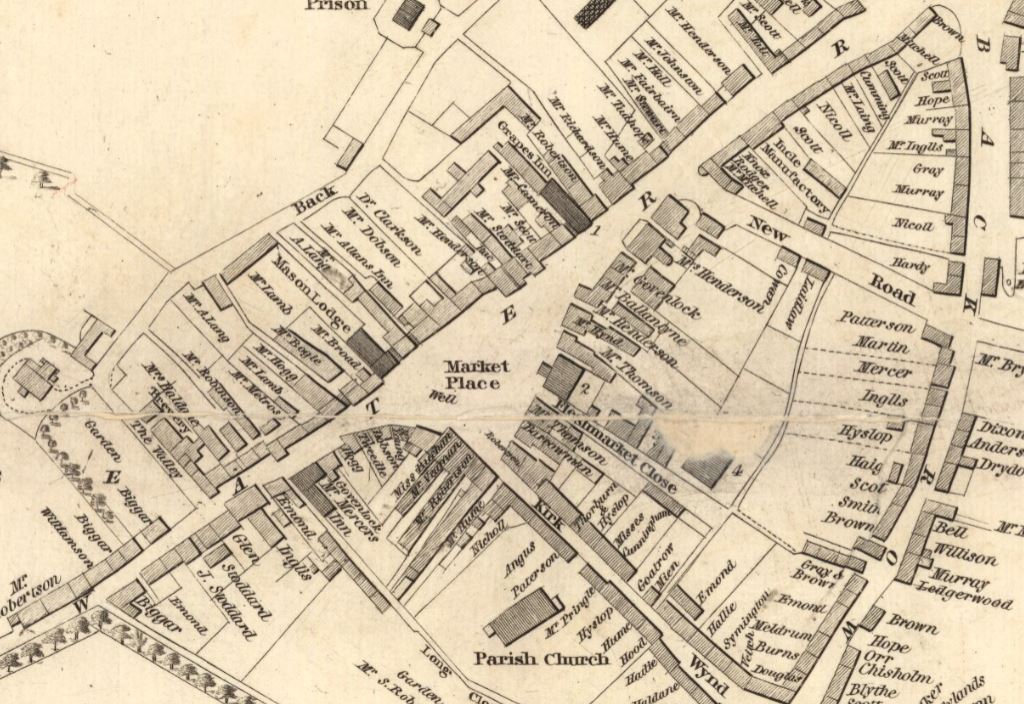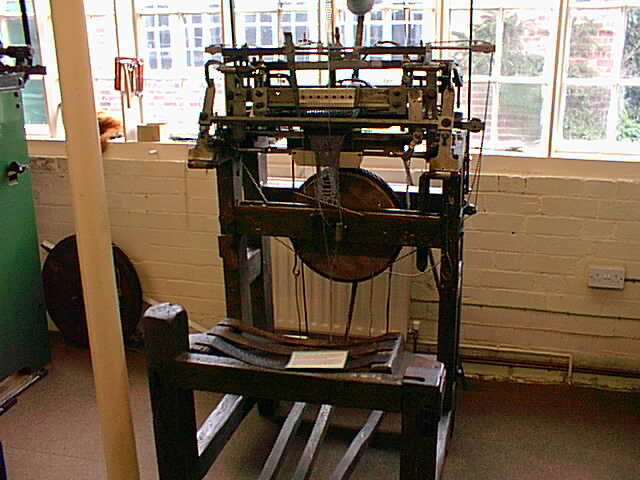2020 has been a tough year for everyone and that includes those researching their family history. At last we have the hope of vaccinating the whole population within the next year so perhaps better times lie ahead. For many though, archives and family history centres have been closed for months and all those plans we […]
Author: adminaa
New indexed genealogy resources for Canonbie now available at relativelyscottish.com
Last time I talked about the value of Kirk Session records and how they can help to fill the gaps in the information provided by more conventional resources that we know like Old Parish Registers and Monumental Inscriptions. One of the drawbacks of the Kirk Session records is that they require computer access to the […]
Kirk Session Records can smash through your family history brick wall
All too often, searching in the Old Parish Registers (OPRs) fails to produce the proof that we’re looking for in terms of a birth or a marriage in the late 18th or early 19th centuries. Now it could be that the ancestors concerned had seceded from the Established Church of Scotland and their records therefore […]

The Sturgeons of Dumfries and Galloway
Did you know that First Minister Nicola Sturgeon’s ancestors were Ulster Scots? Scots who had moved to Ulster and may have been there for as long as two hundred years before coming back to settle on Ayrshire soil around 1847. Robert Sturgeon was the son of weaver William Sturgeon and his wife Mary Stevenson who […]
Reiver Families of Liddesdale and Canonbie in 1630
I’ve often seen it suggested that what with the wholesale hanging of reivers in the years following 1605 and the considerable exodus of reiver names to the Ulster Plantation after 1609, that areas like Liddesdale and the Debateable Lands of Canonbie were radically changed in the years that followed. And indeed most of the killing, […]
Canonbie Militia List – 1802
Following on from my last post regarding the militia lists for Roxburghshire in 1802, I have found the following information which was transcribed by R.A.Shannon and made available in the Covenant and Hearth series Vol VIII in 1973 available in the Ewart Library in Dumfries. The original data was taken from the Lieutenancy minutes for […]
Local Militia Lists
At the end of the 18th century, there was considerable concern in Great Britain that the post-revolution French might attempt to invade the country. As a result, names were collected locally, parish by parish , of able-bodied men who could form a militia if required to do so. At first it was a voluntary activity, […]

Migration and the Borders
In the last few months I’ve received a lot of enquiries from descendants of people who left the Borders and emigrated overseas. They left for their own reasons and frustratingly we don’t always know why that was. But while the largely forced departure from the Highlands is widely known about and understood as ‘The Clearances’, […]

Old maps for family history
For over 150 years we’ve been spoiled by the marvellous accurate, detailed general maps of Scotland produced by the Ordnance Survey. Before that, many maps were produced perhaps for a wealthy landowner or for some specific purpose such as clarifying town and burgh boundaries. They were often surveyed by a single surveyor with the minimum of assistance. […]

Migration to the Borders in the 19th Century
The Scottish Borders are often portrayed as an area of ancient traditions and people strongly wedded to their local communities. And while this is essentially still true, it belies the fact that in Victorian times , the migration of people into the mill towns of Hawick, Galashiels and Selkirk was every bit as dramatic as […]